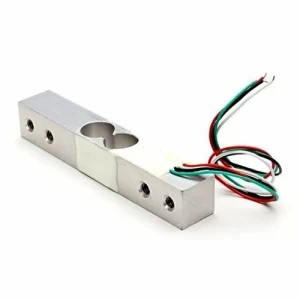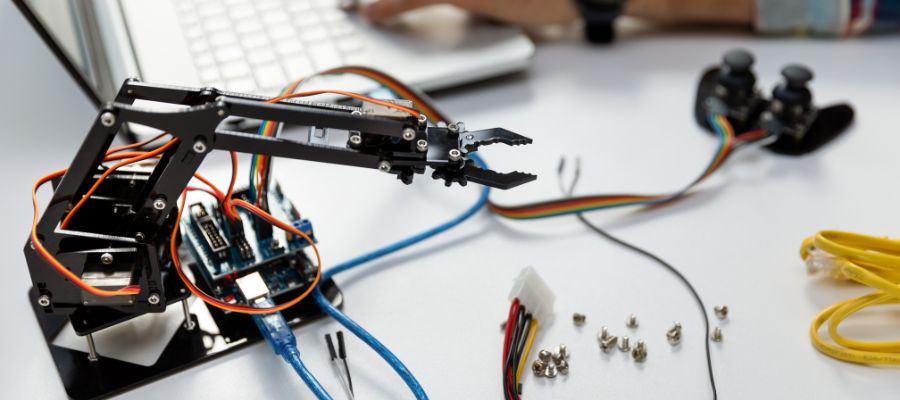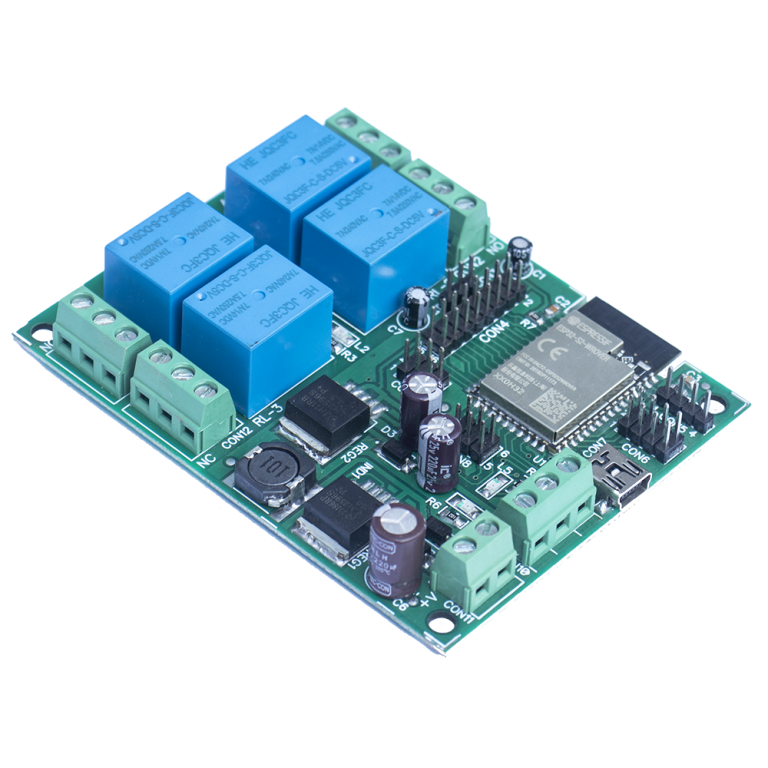Unveiling the Essence of Robot Components: A Comprehensive Guide
Decoding the Anatomy of a Robot
1. The Fundamental Components
According to industry experts, robots consist of four fundamental components:
Body/Frame
The body or frame serves as the structural foundation of the robot, providing the necessary support.
Control System
Functioning akin to a central nervous system in humans, the control system coordinates and oversees all aspects of the robot’s operations.
Manipulators
These are the interactive components of the robot that engage with the environment, which is crucial for its functionality.
Drivetrain
Responsible for the robot’s movement, the drivetrain propels it forward, comprising various mechanisms tailored to specific robot types.
2. A Detailed Breakdown
Delving deeper into the intricacies, a more detailed breakdown of robot components reveals:
Sensors
Critical for providing feedback based on the robot’s surroundings. sensors include light sensors, sound sensors, temperature sensors, contact sensors, proximity sensors, distance sensors, pressure sensors, and positioning sensors.
Effectors
Effectors are the active components that execute the robot’s tasks, encompassing a variety of tools controlled by the robot’s computer. Examples include grippers, spikes, lights, hammers, screwdrivers, and surgical tools.
Control Systems (the Central Nervous System)
Analogous to the human central nervous system, the robot’s control system orchestrates all its functions.
Motors
Motors drive the movement of various robot parts, from limb joints to wheels and even the propellers on robotic airplanes. Pneumatics and hydraulics offer alternative methods for moving robot components, particularly in industrial robots.
End-Effectors
Situated at the extremities of robotic arms, end-effectors directly interact with objects in the environment. Common end-effectors include grippers, vital for manipulating objects efficiently.
3. Industrial Robot Components
Industrial robots, a specialized category, consist of five main components:
Manipulators
The robotic arm is the manipulator, serving as the primary tool for engaging with the environment.
End Effectors
Tools positioned at the arm’s end, end effectors, enable precise interaction with objects.
Feedback Devices
Essential for sensing the positions of links and joints, feedback devices transmit this information to the controller.
Controllers
Controllers, the command center of the robot, coordinate and manage all aspects of its operations.
Locomotive Devices
Responsible for the robot’s movement, locomotive devices drive its mobility, ensuring it navigates its environment seamlessly.
Crafting a Seamless User Experience
To optimize your understanding, we present this information with a user-centric approach. The incorporation of images, infographics, and multimedia enhances clarity and engagement.
In conclusion, our commitment to delivering high-quality, valuable, and informative content remains unwavering. As you explore the intricate world of robot components, let this guide be your beacon, combining expertise with a human touch.
You may also like:
AM-36-4R-WiFi Relay Board Getting Started: A Comprehensive Guide to Set Up.
AM-36-8R-WiFi Relay Board Getting Started: A Comprehensive Guide to Set Up.


















